Description
Behold the Metal Pin LCD Panel Display, showcasing various types such as TN, HTN, STN, and FSTN. Each type serves a distinct purpose, from Segment to Digital Display, catering to diverse needs and preferences.
LCD, short for Liquid Crystal Display, encompasses various liquid crystal display technologies such as TN, STN, DSTN, and TFT. Each of these technologies represents different classifications within the realm of liquid crystal display, distinguished by the arrangement of liquid crystals, torsion angles, and electrical characteristics.
While TN, HTN, STN, FSTN, DSTN, and CSTN share a basic structural similarity, they differ in specific attributes.
TN typically features a 90-degree twist in its structure, HTN exhibits a twist ranging from 90 to 120 degrees, STN demonstrates twists between 180 to 270 degrees, FSTN and DSTN, though both STNs, deviate from the typical yellow-green or blue appearance of STN displays by presenting black or white visuals.
FSTN, denoting Film-compensated STN, employs thin film compensation techniques, DSTN adopts a dual-STN configuration to achieve black and white display, and CSTN generally integrates FSTN structure with a color filter diaphragm to enable color display.
TN products fall under the LCM (LCD Module) category, boasting advantages such as low power consumption and rich display capabilities.
HTN, or High Twisted Nematic, sandwiches nematic liquid crystal molecules between two transparent glass layers, with liquid crystal orientations deflected by 110 to 130 degrees. This type of LCD excels in high contrast, low power consumption, and wider viewing angles compared to TN displays, albeit with poorer dynamic driving performance.
STN, or Super Twisted Nematic, employs an electric field to alter the arrangement of liquid crystal molecules, originally twisted beyond 180 degrees, thereby changing the optical rotation state. With progressive scanning, it offers low power consumption and significant power savings.
CSTN enhances traditional monochrome STN displays by introducing a color filter, dividing each pixel into three sub-pixels to display red, green, and blue separately, thus enabling color picture representation. Unlike TFT, STN is a passive LCD type capable of displaying up to 65,536 colors.
FSTN, incorporating Film and STN technologies, adds a compensation film layer to eliminate chromatic dispersion, achieving black and white display. CSTN, or Color STN, builds upon FSTN technology by integrating an RGB color film layer for color display, often requiring more driving channels. DSTN, or Double STN, utilizes a dual-layer STN configuration, with one layer for driving and the other for compensation, offering higher contrast ratios than FSTN and self-compensation for dispersion across temperature ranges.
VA panels represent a premium LCD panel type, renowned for wide viewing angles. Offering 16.7M colors and superior viewing angles compared to TN panels, VA panels are positioned as high-end solutions albeit at a higher price point. MVA panels led by Fujitsu and PVA panels developed by Samsung dominate this segment, with the latter building upon and refining the former. VA-like panels excel in sharp text rendering and boast high black and white contrast ratios, yet may suffer from uneven screen uniformity and color drift.
| Product: | Custom Metal Pin LCD Display |
|---|---|
| Driving Condition: | 1/8 Duty Or Customizable |
| Optics: | 6:00 |
| Size: | Customizable |
| Operating Temp: | -30°C To +80°C |
| Connection: | Metal Pin Connection |
| Compliance: | REACH & RoHS Compliant |
| Display Mode: | Positive and Negative Transmissive |
| Operating Voltage: | 3.0 V Or Customizable |
| Display Type: | STN |
| Backlight: | White / Amber / Blue / Yellow |
| Storage Temp.: | -35°C To +85°C |
| Dot Space: | 0.1 Mm |
| Certification: | ISO9001:2015 / ISO14001:2015 |
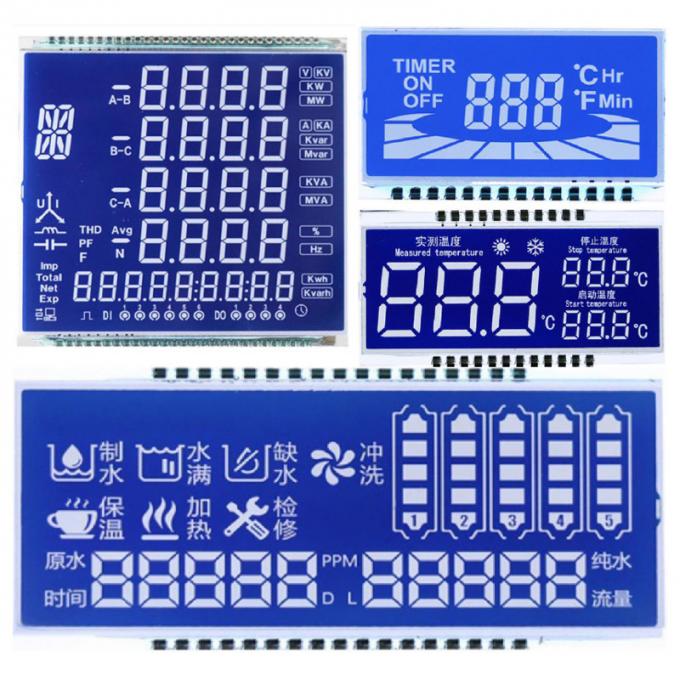
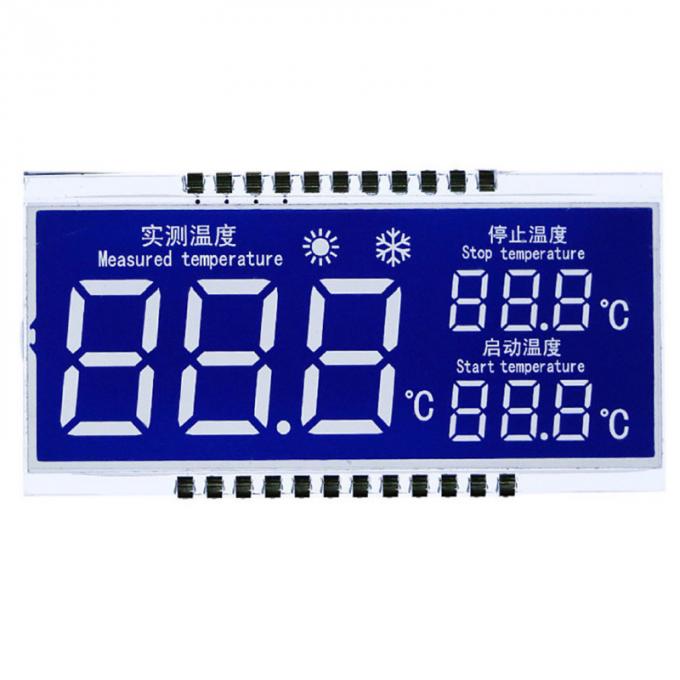
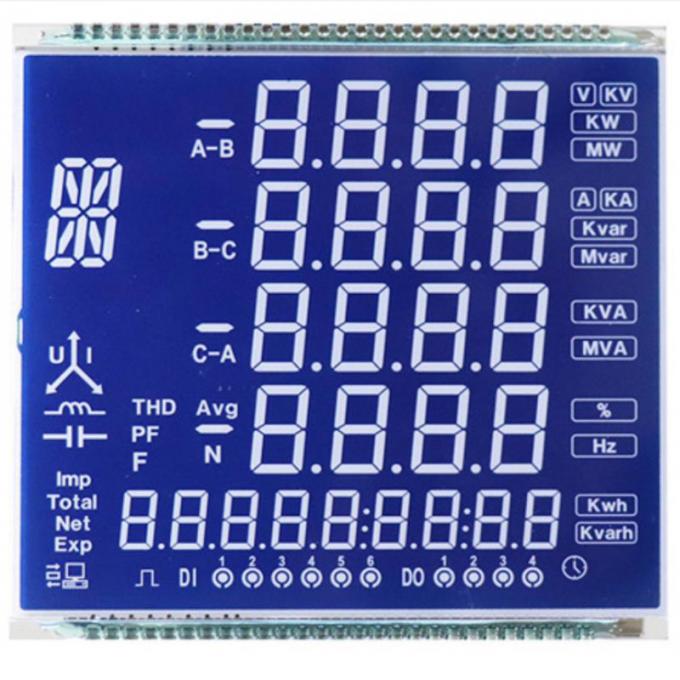


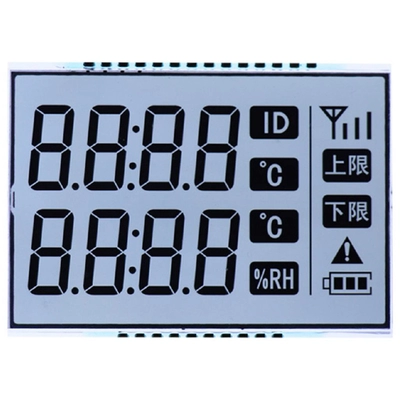
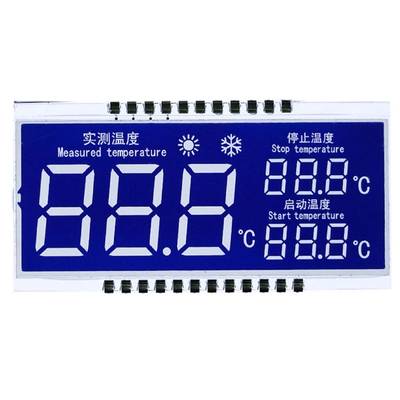
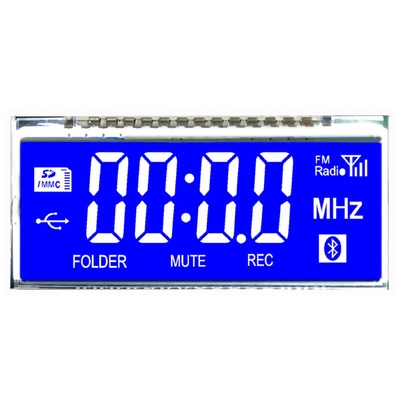


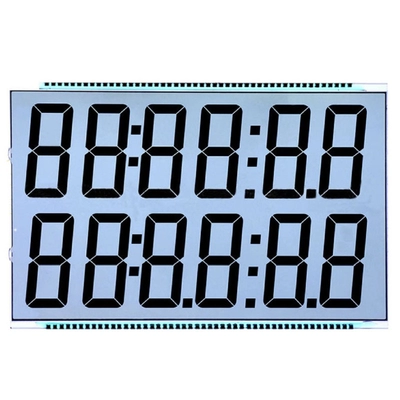
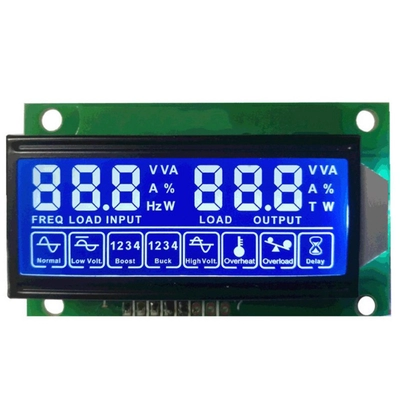
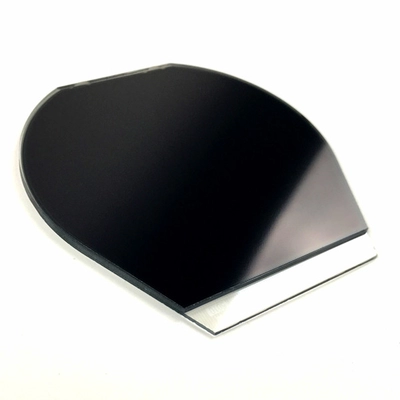
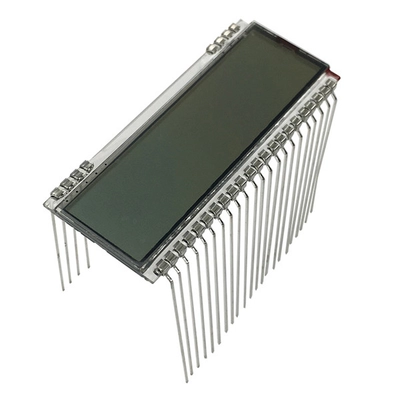
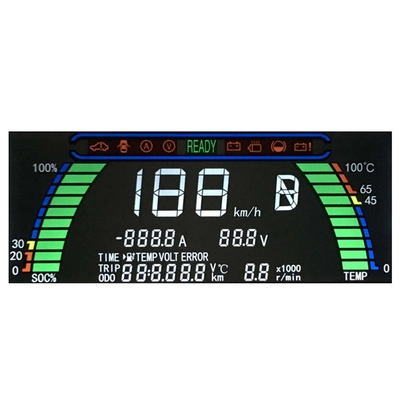
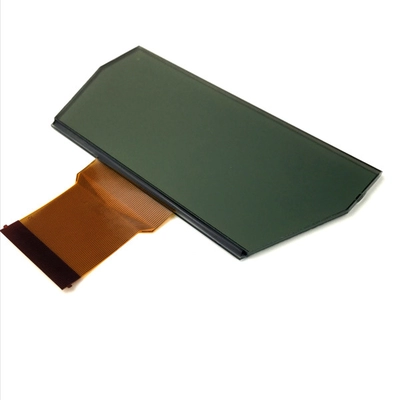
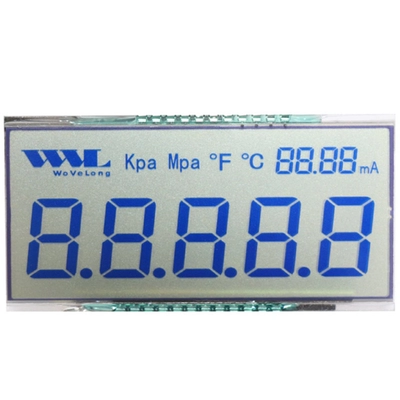
Reviews
There are no reviews yet.